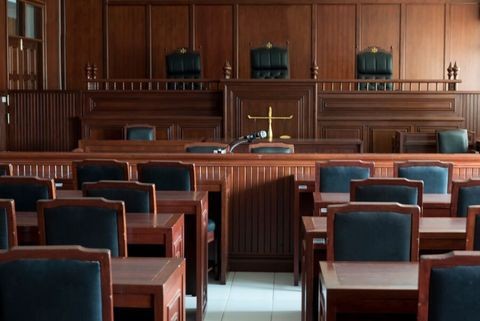Speeding Up Access to Important Treatments: The USPTO’s COVID-19 Prioritized Examination Pilot Program
Client Alert | 2 min read | 05.28.20
The USPTO recently launched the COVID-19 Prioritized Examination Pilot Program that allows small and micro entities to request prioritized examination of certain applications related to COVID-19 without paying customary fees. The pilot program went into effect on May 14, 2020 and will continue until the USPTO has accepted 500 requests.
To be eligible for the pilot program, applicants must meet specific requirements:
- Qualify for small- or micro-entity status
- Applications must contain one or more claims to a product or process that is related to COVID-19 and subject to FDA approval for COVID-19 use
- Must submit a request for prioritized examination
The types of applications that qualify for this are a non-continuing, original, non-provisional utility or plant patent application; an original, non-provisional utility or plant application claiming the benefit of an earlier filing date under 35 U.S.C. §§ 120, 121, or 365(c) of no more than one prior non-provisional application or no more than one prior international application designating the United States; or a request for continued examination (RCE) of a utility or plant application, including the national stage of a prior international application, if no prior RCE was granted prioritized examination status.
Although applicants are not required to pay the prioritized examination fee and the processing fee, they must comply with the other requirements for prioritized examination described in 37 C.F.R. § 1.102(e). These requirements limit the number of independent claims to four, limit the total number of claims to thirty, and do not allow multiple-dependent claims.
Certain actions by the applicant may result in termination from the pilot program. These actions include the filing of a petition for any extension of time; presenting more than one benefit claim to previously filed non-provisional U.S. applications or international applications designating the United States; and filing an amendment to the application that results in more than four independent claims, more than 30 total claims, or a multiple-dependent claim.
The goal of the pilot program is to reach final disposition of applications within 12 months from the date the prioritized status is granted. If applicants respond to USPTO communications earlier than required by the USPTO, the USPTO will endeavor to reach a final disposition in 6 months. A final disposition may be the mailing of a notice of allowance; the mailing of a final Office Action; the filing of an RCE; the filing of a Notice of Appeal; or the abandonment of the application.
By accelerating examination of patent applications related to COVID-19, as discussed by USPTO Director Andrei Iancu, the pilot program can help independent innovators and small businesses bring possibly life-saving treatments to market more quickly.
The USPTO’s webpage with resources and information about the pilot program can be accessed here.
Contacts
Insights
Client Alert | 4 min read | 04.02.25
Preparing for Multidistrict Litigation: Lessons for the Defense Toolkit
When a company learns that it may wind up as a defendant in a multidistrict litigation (or MDL), it may initially feel like a disaster. Between expensive, drawn out, and complicated legal proceedings and the possibility of outsized damages and company-threatening liability, it is difficult to imagine the upside. However, MDLs may not be as unfavorable a forum for defendants as they initially seem.
Client Alert | 3 min read | 04.01.25
D.C. Circuit Rejects Copyrightability of Artwork Created Autonomously by AI
Client Alert | 2 min read | 04.01.25
Client Alert | 4 min read | 04.01.25
For Better or MORSE: Another Settlement Under DOJ’s Civil Cyber-Fraud Initiative




